More than 5,200 hunters eligible to take part in N.B. moose hunt now underway
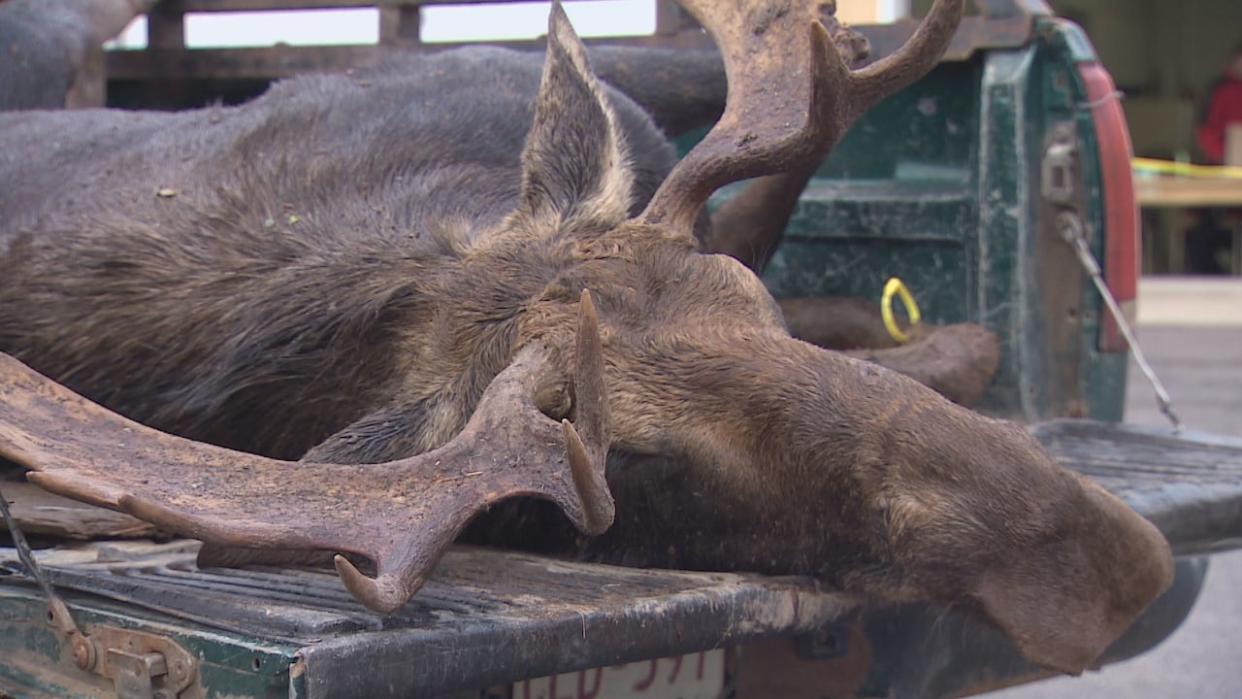
As thousands of moose hunters don the orange and head into the woods this week, the population of their quarry remains strong, said Dwayne Sabine, a wildlife biologist with the Department of Natural Resources.
"New Brunswick's moose population is doing quite well," he said. "It's more or less stable across the province."
Populations in the north, however, are stronger than in the south, said Sabine.
He said there's been a decline in moose populations along the Bay of Fundy area over the last 15 or 20 years.
Sabine said population fluctuations are likely tied to deer populations.
"The two species do better when they're living separately," he said.
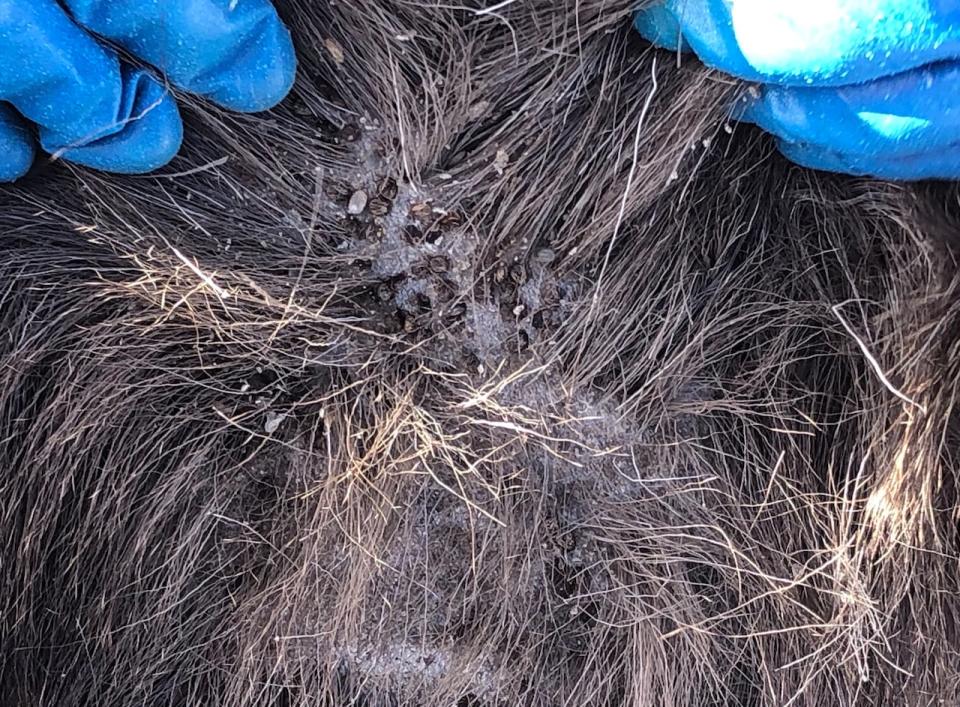
Scientists count the number of ticks on a 10-centimetre patch of the moose's skin. They estimate there are thousands on its entire body. In some cases up to 80,000 ticks have been found on a single moose. (Kayla Hounsell/CBC)
The problem is that deer carry at least two parasites that are "severely limiting the moose," said Sabine.
One is a nematode called brainworm, and the other is the winter tick.
"Neither of them really affect deer all that badly," Sabine said. "But they do have a severe impact on moose populations.
"It's a pattern we see all through the northeast — when your [deer] populations are high, moose populations tend to be a bit depressed because of those parasite issues. And then vice versa. If deer decline, you can have an increase in moose populations."
70 to 80% of hunters successful
Based on estimated moose numbers, the Department of Natural Resources has issued 5,115 resident licences and 120 non-resident licences for the 2023 season.
Sabine said the non-resident licences allow "people from outside of the province to come in and experience our moose hunt and it provides economic activity for our outfitters and guides who rely on that for their income."
While success rates vary from year to year, Sabine said usually 70 to 80 per cent of licence holders are successful — that could mean more than 4,000 moose are harvested in the next few days.
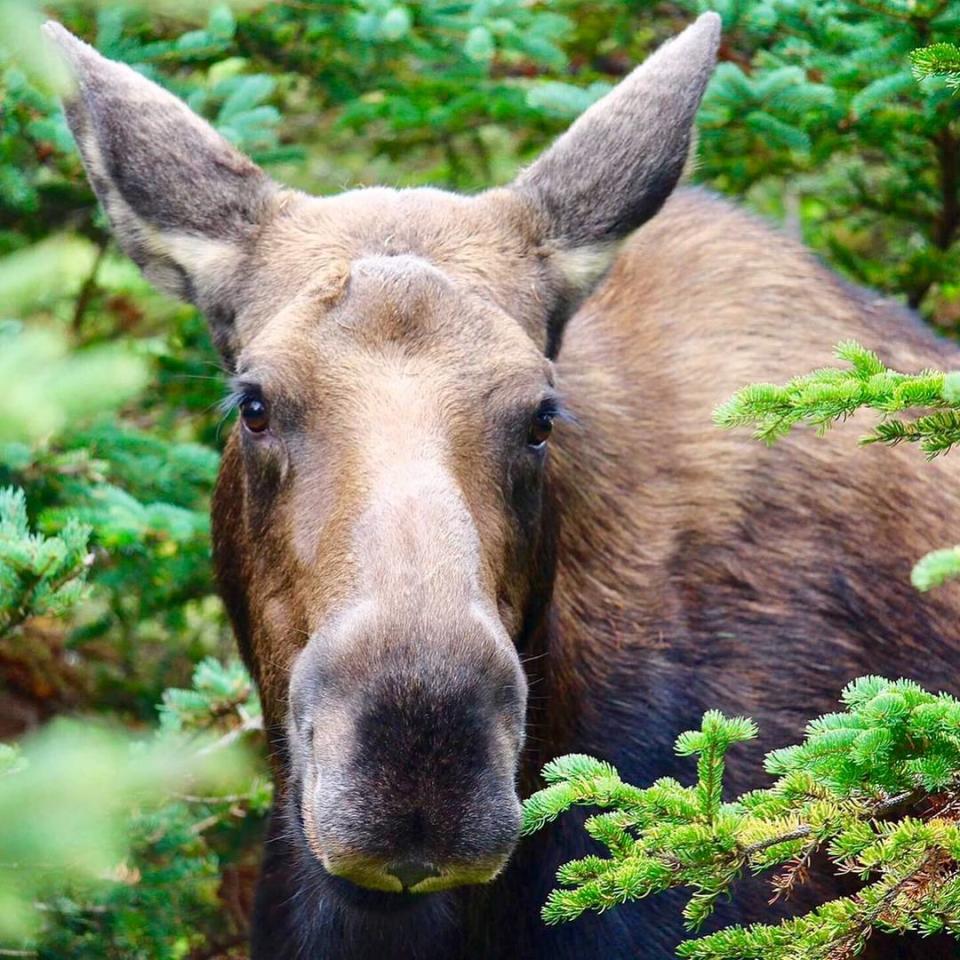
Moose hunters who register their animal online, are required to pull an incisor and deliver it to a Department of Natural Resources office. (Katie Hartai/CBC)
Sabine said getting an accurate count of moose in the province isn't an easy task.
"It's hard enough to get a complete census of people in a country. And with the wildlife species like moose, you have the added challenge that they're trying to hide from you all the time. So they are very hard to count."
That means department officials use more indirect methods, including data collected by hunters themselves.
Hunters are required to register the moose they kill and a tooth is collected from each one. DNR then uses the tooth to age the moose.
The sex and age of the moose killed during the harvest reveal "over time" how populations are changing, said Sabine.
"So if we start to see a lot more younger animals in the population or in the hunted harvest, then we know that we have a growing population. If it starts to trend toward older animals, well, then perhaps we're seeing a decline."
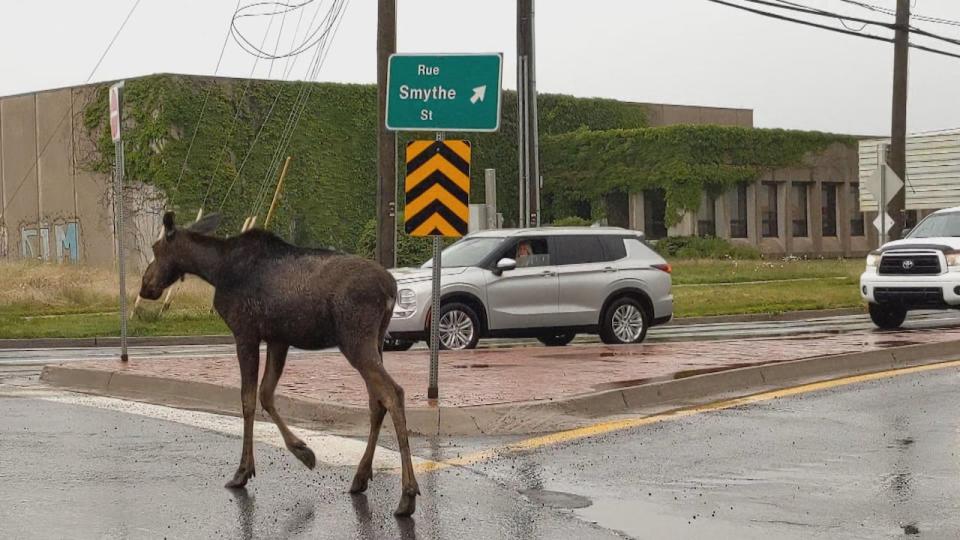
A small moose wandered through the city of Fredericton streets and sidewalks in this July 2022 file photo. (Submitted by Scott Sneddon)
They also use data collected during an annual hunter survey questionnaire about how many animals hunters see while they're in the woods.
Sabine said there are also some "limited aerial surveys."
He said the moose population has been stable over the past seven or eight years at about 31,000 animals.
Based on that, the department comes up with a percentage that can be harvested and issues that number of licences — usually ranging from 10 per cent in the south to as high as 15 or 16 per cent in the north.
"And that's what we consider our sustainable harvest," said Sabine. "You can take that, and you're leaving enough moose on the landscape that the population doesn't decline."
He said they also take into account treaty rights and estimate the number of moose Indigenous hunters are likely to get.
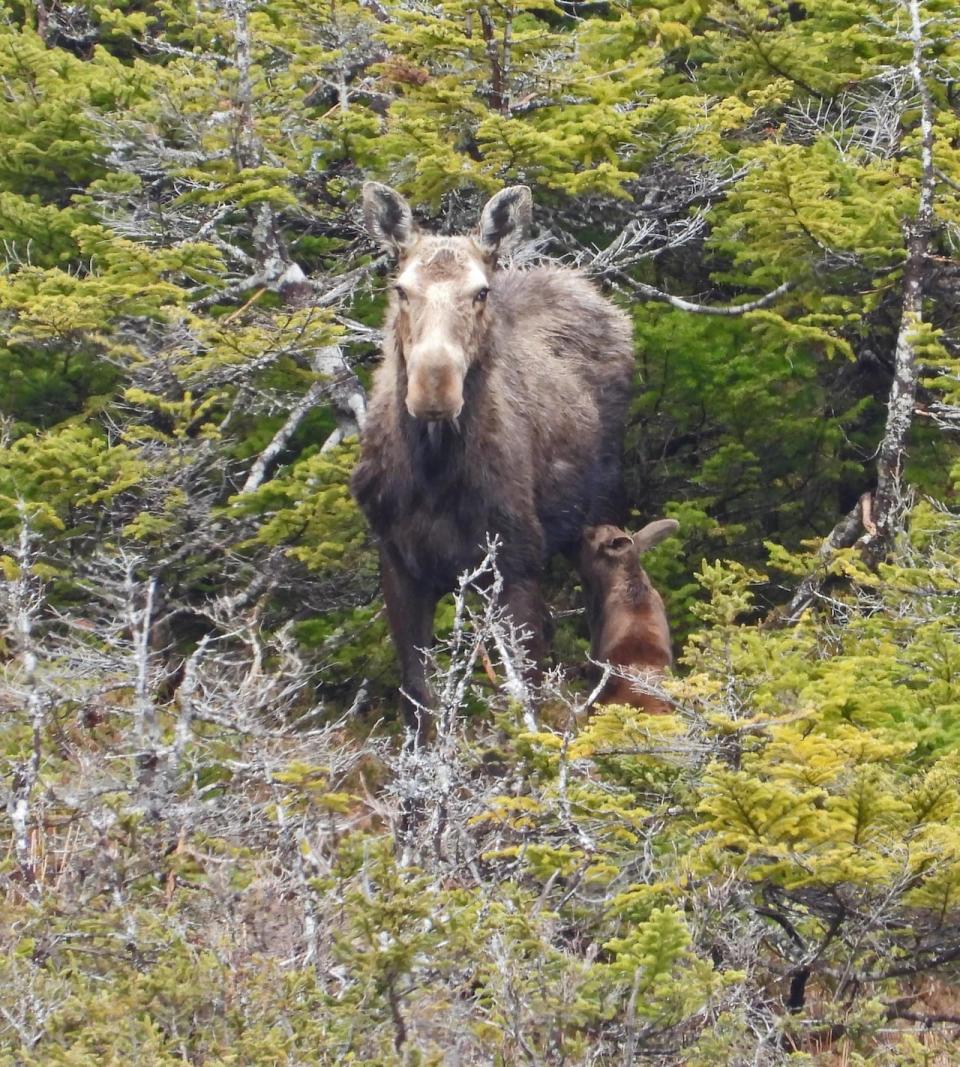
The New Brunswick moose population is estimated to be around 31,000 and has been stable at that level for several years. (Submitted by Norm Strickland)
With New Brunswick moose numbers fairly strong and stable, Sabine is hopeful the province doesn't experience the same thing its neighbour has.
In the early 1900s, thousands of mainland moose roamed Nova Scotia. By the 1930s, there were only about 3,200 left, a number that fell to 1,000 by the early 2000s.
It is illegal to hunt mainland moose, which were listed as endangered in 2003.
"I would hope we wouldn't see what's happened in Nova Scotia, and nobody quite actually understands what did happen in Nova Scotia," Sabine said.
Mainland moose are native to Nova Scotia, and they're different from the ones found on Cape Breton Island, which were introduced from Alberta in the 1940s and are far more abundant.


